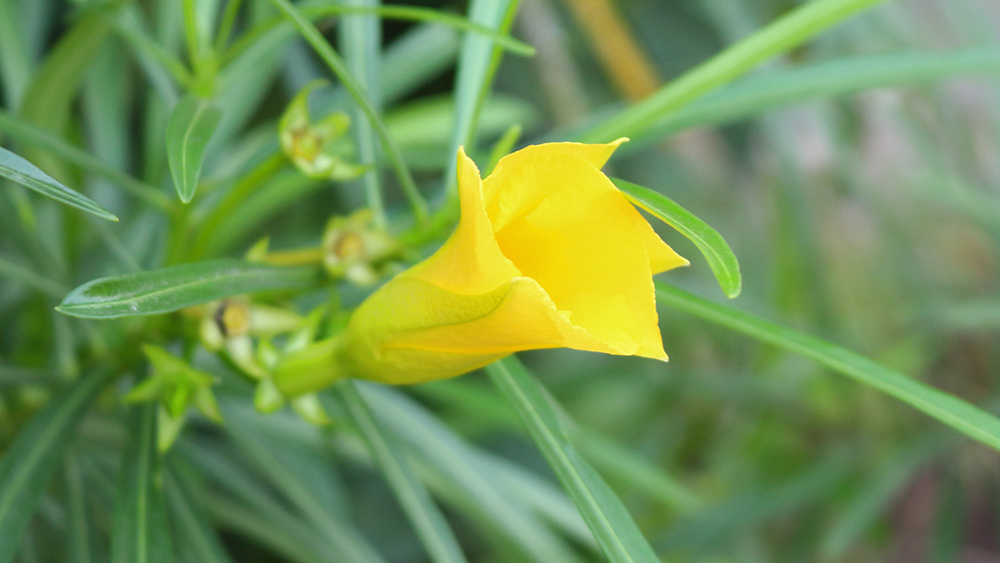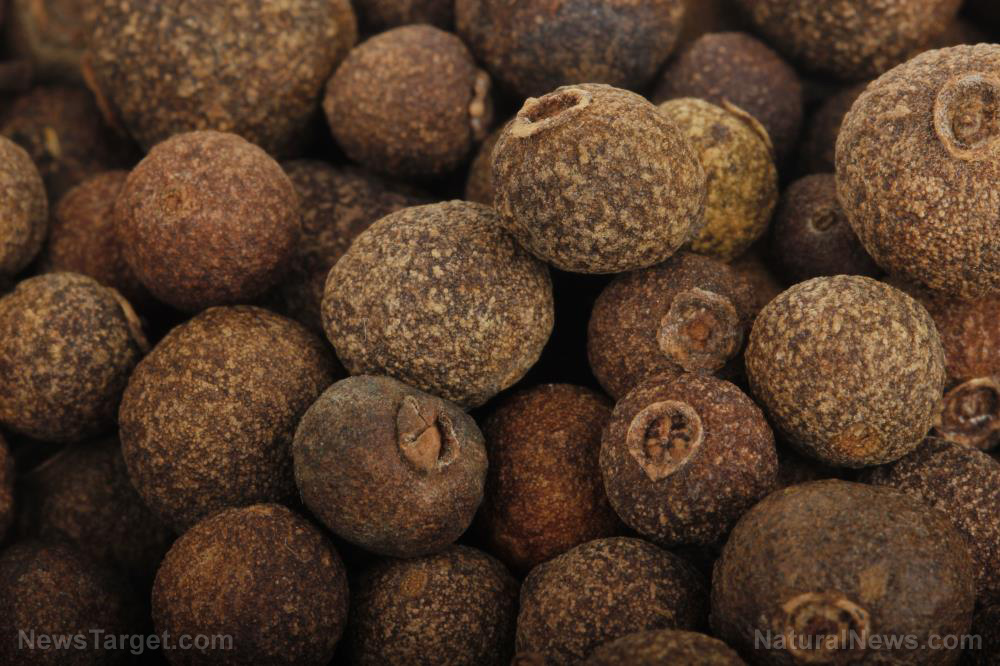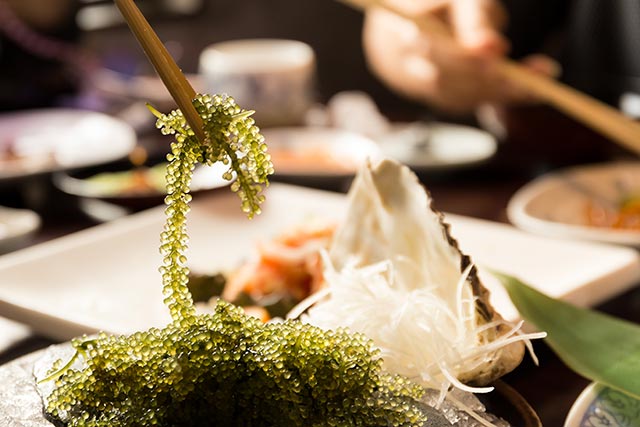
Known in scientific circles as either Thevetia peruviana or Cascabela peruviana, yellow oleander goes by the names of ayoyote or codo de fraile in Mexico, where it is used as a traditional herbal remedy for illnesses such as hemorrhoids, scabies, and ulcers.
It was also used to dissolve tumorous growths, a property that drew the attention of researchers from the Universidad Autónoma de Nuevo León (UANL) and the Universidad Nacional Autónoma de México (UNAM). The researchers were looking for natural cancer treatments that could prevent cancer cells from metastasizing from the original affected organ to a different organ.
All parts of the yellow oleander are toxic if ingested through the mouth. The toxicity comes from cardiac glycosides, which are present in large concentrations in the fruit.
Other parts of the plant were previously tested for cytotoxic activity on human gastric and pancreatic cancer lines. The Mexican researchers investigated the antiproliferative, apoptotic, and cytotoxic properties of a methanolic extract from its fruit on other human cancer cell lines. (Related: The evidence is clear: Hemp slows the progression of ovarian cancer.)
Fruit extract of yellow oleander may be able to treat human cancers
The fruits underwent processing to produce a methanolic extract. Different concentrations of the extract were applied to human breast, colorectal, lung, and prostate cancer cell lines.
Furthermore, the extract was also tested on cultured human skin fibroblast and Vero cells. These healthy human cells were included to determine if the extract was safe.
Clonogenic and wound-healing tests were performed on both tumorigenic and healthy cell lines. These tests measured the motility and proliferation of the cells after exposure to the extract.
A trypan blue exclusion test would reveal any morphological changes caused by the extract. The researchers also performed DNA fragmentation and acridine orange/ethidium bromide (AO/EB) double staining tests to measure the level of apoptosis or "cell suicide" in the treated cells.
Afterward, flash chromatographic techniques were used to separate the extract into its component fractions. The cytotoxic effects of these bioactive fractions were tested on colorectal cancer cells.
Fractions that showed cytotoxic activity against the cultured colorectal cancer cells were identified using mass spectrometry techniques.
Yellow oleander extract inhibits cancerous cells without harming healthy cells
The results of their experiment showed that yellow oleander fruit extract demonstrated cytotoxic activities on all four human cancer cell lines. It scored the highest against lung cancer cells.
Furthermore, the extract was able to reduce the cell motility and colony formation on all lines. It was able to prevent cancer cells from spreading to other organs where the latter can metastasize.
Treated cancer cell lines displayed smaller cell sizes, reduced bulging or "blebbing" in the plasma membrane of cells, and lower levels of cell detachment.
The yellow oleander extract also promoted apoptotic cell death in cancer cells, which further reduced the latter's spread. DNA fragmentation and AO/EB double staining assays confirmed the self-destruction of cancer cells.
When subjected to flash chromatography, the extract produced six fractions. The fourth and fifth fractions showed the highest cytotoxicity on the prostate cancer cell line.
These fractions contained thevetiaflavone and six cardiac glycosides. Thevetiaflavone is a flavonoid while cardiac glycosides have been shown to inhibit other forms of cancers.
The researchers concluded that the fruit extract of yellow oleander could reduce the growth and spread of human breast and colorectal cancer while also inducing cell suicide in human prostate and lung cancer cells.
Learn about other natural means of avoiding, preventing, or curing cancer at Cancer.news.
Sources include:
BMCComplementAlternMed.BioMedCentral.com
Please contact us for more information.























